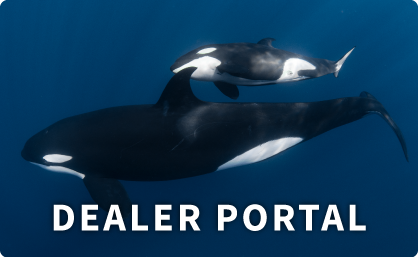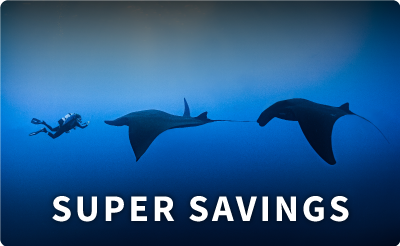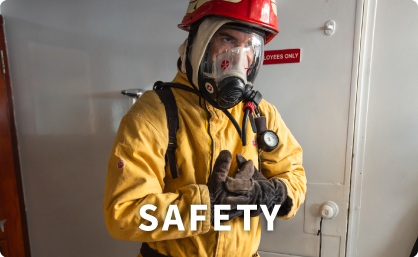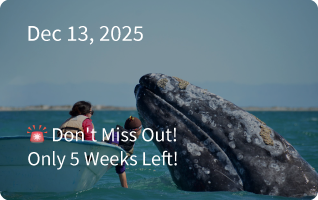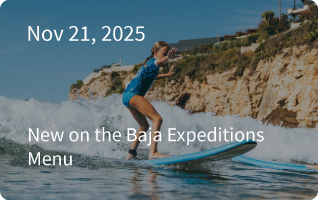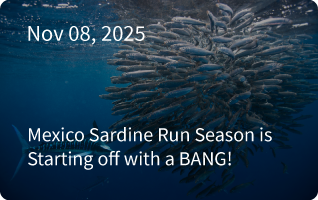
Indonesia struggles to combat shark poaching in protected areas
By Juliet Eilperin, Monday, May 7, 9:50 AM
Local and regional authorities in Indonesia caught 33 poachers last week who had taken sharks, manta rays and sea cucumbers from a marine protected area that scientists have identified as one of the sea’s most important sites. But after confiscating their illegal catch and gear, the patrol officers had to let them go.
The incident left conservationists and villagers frustrated, and underscores one of the biggest challenges in protecting the ocean: Setting aside swaths of the sea from fishing only works when there’s adequate enforcement.
Residents in several parts of the Bird’s Head Seascape — a series of marine protected areas in Indonesian waters — agreed in 2005 to cut back on fishing to rebuild depleted fish stocks. The poaching took place in the Kawe Marine Protected Area, part of the seascape, which has no fishing in 97 percent of the reserve and ranks as Southeast Asia’s largest no-take reserve.
The villagers “are capable of managing their local resources,” said Ketut Sarjana Putra, executive director of the advocacy group Conservation International in Indonesia. “They don’t have enough capacity to do very good enforcement and patrol.”
The poached sharks, manta rays and sea cucumbers are all coveted by Asian consumers and were worth more than $160,000. Sharks are used to make shark’s fin soup, a Chinese delicacy, and sea cucumbers are sought by Japanese diners. Shark fishing is banned in the territory where the poaching took place, although Indonesia still boasts the world’s largest shark fishery, according to Conservation International.
“The government should impose heavy penalties to the shark finners,” said Hengky Gaman, leader of indigenous people of the territory of Raja Ampat, in a statement. “They have stolen from an area we protect.”
Conservation International provides $200,000 a year to fund patrols in this region of Indonesian Papua. Last week’s patrol team — which included six community members, two Indonesian naval officers and a local police officer — confiscated illegal long-line fishing gear and air compressors, which are often used to illegally take fish from the sea floor.
But they lacked the manpower to take over the poachers’ boats: After they instructed the fishermen they caught to follow them to the port of Waisai, the poachers fled.
In the wake of the incident, the Indonesian navy sent another patrol team to a nearby patrol post and announced it plans to boost its presence throughout the protected area.
The Bird’s Head Seascape boasts a stunning array of marine life: Researchers have catalogued 1,350 fish species, 700 mollusks and 540 species of hard coral. The entire Caribbean, by contrast, has one-tenth as many coral species.
Now that fish stocks are on the rebound, Putra said, the Kawe reserve attracts fishing vessels from outside the region.
“The site is remote, and from the fishermen’s perspective, this is the only fish stock in the eastern part of Indonesia that’s still healthy,” he said. “The only problem we see here is the outsiders.”
Marine biologists who work in other remote areas of the Pacific have identified similar problems.
Julia Baum, an assistant professor at British Columbia’s University of Victoria who just published a study showing reef sharks in the Pacific have declined by more than 90 percent in recent decades, wrote in an e-mail that she regularly sees a large fishing vessel in U.S. waters near Kiritimati atoll in the northern Line Islands while conducting field work, and this operation hires local villagers to cut fins from sharks.
“The reserves are not good if they’re not well enforced,” said National Geographic explorer-in-residence Enric Sala, who has also worked in the Line Islands. In some of the most remote marine protected areas, Sala added, “permanent presence is not practical” and authorities have to rely on remote-sensing satellites.
Citizens living around Cabo Pulmo, who now make money taking tourists to dive in the reserve, strictly enforce the no-fishing rules even though the national Mexican government does not assist them.
“Those guys are out there every day — by being there, it’s a deterrent,” Sala said. “So peer pressure and local enforcement without help from government agencies is also possible.”

